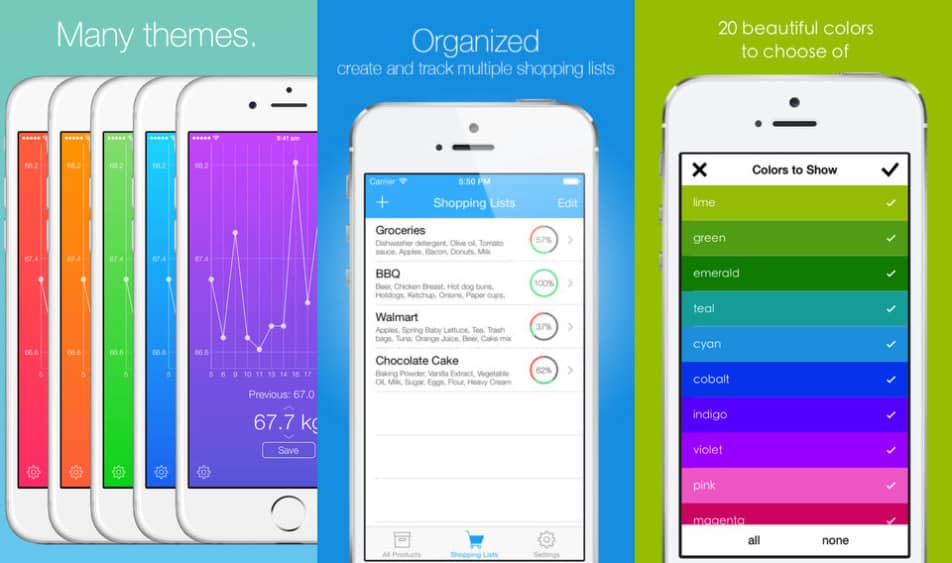Donating to charities is one of the most selfless things you can do. Charities such as Muslim Aid, Red Cross and Oxfam are reliant on collections from the public and businesses. While your intentions may be good, there are people out there who will use this to their advantage. You must take caution before donating to a charity company that you do not know.
What Is At Risk
When donating to a charity site, always be sure to do your research. Check out reviews for the charity you plan to donate to and make sure that it is legitimate. There are fake sites out there that are usually set up when disaster strikes, such as a Tsunami, Earthquake or a Hurricane. Sometimes you might receive an email telling you that there is a charity in need of the money and they will ask you to disclose your bank details and passwords for the donation. Then, when visiting these sites you may receive a virus or spyware, giving the scammer personal information or banking details from your computer. Here are a few warning signs to let you know the charity is more than likely fake, and tips on how to avoid these scammers as well as report them.
How do I know if it’s a scam?
- The charity is more than likely not well-known; or if it is well-known, it is operating by way of fake websites or fake emails.
- More often than not, they will insist that the donation is done via money transfer through companies such as Western Union or MoneyGram
- Most of the time, when donating to a site that may seem like it might be from a legitimate company, they may even have a replica of an email that is very close to the original, changing no detail except for where or how to send donations. ALWAYS research the company in advance.
- Never go to a charity site via links you might receive in emails or letters. ALWAYS visit the site yourself, and be sure to check the web address with a charity regulator online, or by contacting the charity itself.
- Never give out your personal, credit card or online account details unless you’ve initiated contact before, and it is a trusted source.
- Usually, a secure site is indicated by a padlock symbol in your web browser’s address bar, not the page itself. The URL contains ‘https’ (the s stands for secure!).
- When it’s possible, avoid agreeing to up-front payments by money order, wire transfer, or international funds transfer. More than likely, you will not likely be able to recover the money.
- If you think that you are a victim to a scammer, contact your bank or financial institution immediately.
How can I donate safely?
Where do I report scams?











